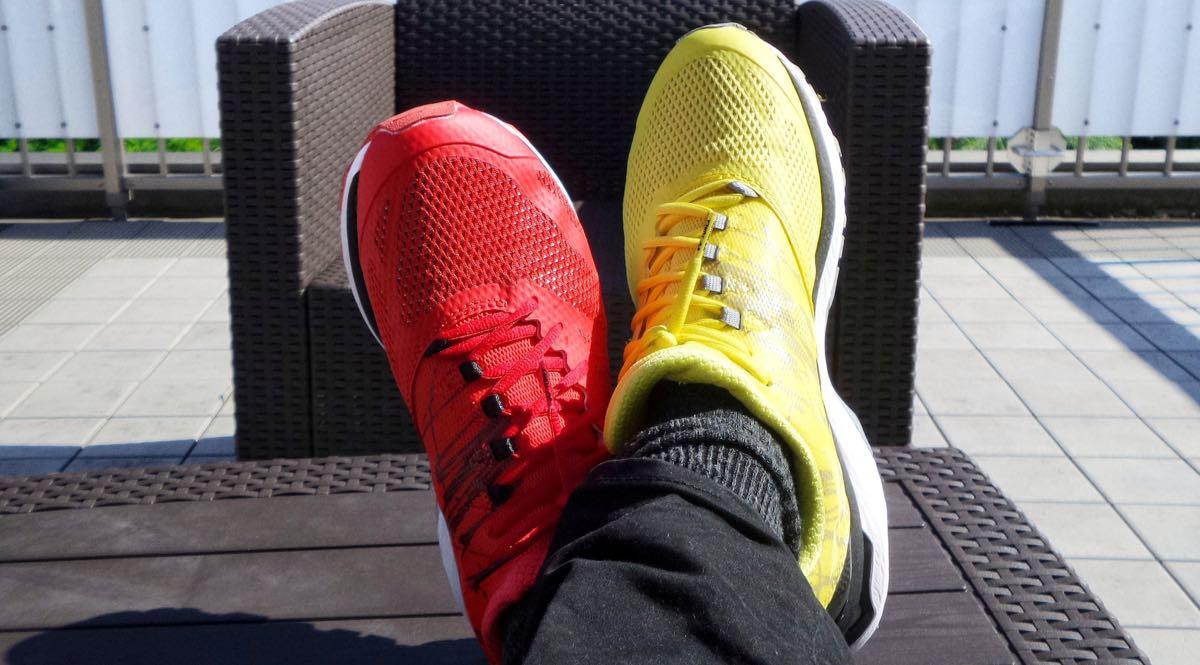In this study guide, you will learn about different types of nouns, with examples of how to use them in a sentence. Check out the exercises at the end to test your understanding! You can also download this guide as a free pdf to use offline.

What you will learn:
Students are often taught that a noun is simply a ‘person, place or thing’. But what about ‘music’ or ‘laughter’ or ‘happiness’? They are nouns too, but they do not fit into these three categories. In fact, nouns can be abstract or concrete, countable or uncountable. In this guide, you will learn about different types of nouns and the grammatical rules for using them correctly.
A noun can function as the subject or object of a sentence.
For example:
article + noun + verb + preposition + article + noun
The cat sat on the mat
(subject + verb + object)
Nouns can be modified by adjectives, for example: ‘The fat cat sat on the red mat’. Nouns can also be preceded by determiners, such as a, the and an.
To make a noun plural in English, we just add ‘s’ to a singular noun, for example: a book, two books; a picture, some pictures. With some words, we need to change the spelling and add ‘es’ when making a noun plural, for example: a box, two boxes.
In words ending with ‘s’, the pronunciation of s is /s/ (e.g. books), but words ending in ‘rs’ are pronounced /z/ (e.g. cars). Words ending in ‘es’ are usually pronounced /Iz/ (e.g. buses).
Some words in English form an irregular plural. See the examples below:
| Singular | Plural |
| Child | Children |
| Woman | Women |
| Mouse | Mice |
| Person | People |
| Tooth | Teeth |
| Sheep | Sheep |
There are nouns that have the same form in the singular and plural. For example, sheep and fish. So, we can say: ‘There is a sheep in the field’ or ‘There are some sheep in the field’.
Some words of Latin origin are not pluralised with ‘s’. For example: criteria, media, cactus/cacti, fungus/funghi.
Countable nouns form plurals, for example: two houses, three children. Uncountable nouns can literally ‘not be counted’. Therefore, they only have one form, e.g. some coffee, some information.
The difficulty for learners of English is that the rules for countable and uncountable nouns may be different in their own language. If so, then they may try to apply these rules in English, most often by adding an ‘s’ to an uncountable noun.
Concrete nouns are usually uncountable when they do not have a physical form, or when they are liquids, for example: water, milk, sugar. We use specific words to itemise or count uncountable nouns. Examples include: a loaf of bread, a spoonful of sugar, a piece of chocolate.
Some words can be countable or uncountable in different situations, for example: some coffee (an amount of it), a coffee (a cup of it).
There are many other uncountable nouns that cause confusion because they may be countable in other languages. Examples include: furniture, information, money, rubbish, accommodation, advice and luggage.
‘Some’ can be placed in front of any of these nouns to suggest that there is a quantity of the item, but there is no indication of how much exactly. Some of these nouns can be itemised by using the phrase ‘a piece of’, e.g. a piece of luggage, a piece of furniture.
You should learn uncountable nouns in English to avoid making mistakes with them.
Examples in a sentence:
Possessives in English are indicated by an apostrophe (‘). For a singular noun, this is straightforward, for example: Sue’s car or My dad’s office. The same rule applies to animals, for example: That is the dog’s bed.
Apostrophes are not normally used for objects. We use ‘of’ instead, for example: The name of the book not The book’s name. However, we sometimes use the structure ‘noun + noun’. So, for example, we would usually say The car door rather than The door of the car (very formal).
For plural nouns, the apostrophe is placed after the plural noun, e.g. The students’ work or The children’s mother. For singular nouns that end in ‘s’, we usually add ‘’s’, although the second ‘s’ can be omitted. For example: James’s book and James’ book are both correct.
Organisations that are formed of more than one person function in the same way as singular nouns, for example: The government’s policies, The team’s success.
A noun can act as a modifier before another noun, for example: A flower shop (noun + noun). In this situation, the modifying noun acts like an adjective: flower (modifying noun) shop (noun).
The modifying noun in these cases tells us about the function of the object, i.e. a shop that sells flowers. In spoken English, the stress usually occurs on the first noun, so it is a flower shop not a flower shop.
When two nouns are frequently used together, they can be hyphenated (-) or joined to form a compound noun, e.g. part-time, footpath.
A noun phrase is a group of words that function as a noun in a sentence. A noun phrase is made up of a noun and modifiers. The modifiers can be placed before or after the noun.
The simplest form of a noun phrase consists of a determiner (a, the, an) plus a noun, e.g a dog. Noun phrases can be constructed in the form of determiner + adjective + noun, e.g a tall man.
Some noun phrases are more complex in their structure, e.g. the man with the blue hat. The following sentence contains two noun phrases: Our terrified cat ran away from the man with the barking dog.
Nouns can be formed from other parts of speech, using a suffix (a word ending). This process is known as nominalisation. Most commonly, nouns are formed from verbs or adjectives.
This can create a more formal style, which is often used in scientific or academic writing. For example:
| Nominalisation | |
| Forming nouns from verbs | |
| Verb | Noun |
| Enforce | Enforcement |
| Investigate | Investigation |
| Forming nouns from adjectives | |
| Adjective | Noun |
| Difficult | Difficulty |
| Variable | Variability |

A common noun is an object or thing. Examples include: table, house, car, book, bicycle, computer, town. A common noun can be concrete or abstract. See the examples below.
A concrete noun is something that can be experienced through your five senses. It is something that you can see, hear, touch, taste or smell. Examples of concrete nouns are: garden, alarm, fur, cake, perfume.
Examples in a sentence:
Abstract nouns are the names of states, feelings or qualities. They do not have a physical form. Examples of abstract nouns include: fear, sadness, envy, happiness, freedom.
Examples in a sentence:
A proper noun is a noun that is the name of a person or place. A proper noun always has a capital letter. Examples include: David, Mr Smith, Paris, London Bridge, New York, The Alps.
Examples in a sentence:
A collective noun refers to a group of people, animals or things. A collective noun can be treated as a singular or plural noun in a sentence. For example, the word ‘committee’ describes a group of people. We can say The committee has made a decision or The committed have made a decision.
There are some conventions for collective nouns. For example, ‘The Police’ usually acts as a plural noun: The police are looking for the suspect.
The following are collective nouns for groups of people: crowd, audience, class (of students), choir (group of singers), staff.
The following are collective nouns for groups of animals: flock (birds), herd (animals such as cows and sheep), shoal (fish).
The following are collective nouns for groups of things: crockery, cutlery, stationery.
Examples in a sentence:
Compound nouns are formed of two or more words. In a sentence, they function as a noun. Many compound words are joined together, but some are written as two words and some are hyphenated. Handbag, father-in-law and coffee table are all examples of compound nouns.
Compound nouns are commonly formed from noun + noun or adjective + noun, for example: sheepdog (noun + noun), greenhouse (adjective + noun).
The table below shows the most common ways of forming compound nouns:
| Form | Compound Noun |
| Adjective + noun | Greenhouse |
| Noun + noun | Bus stop |
| Verb + noun | Washing machine |
| Noun + verb | Sunrise |
| Verb + preposition | Check-up |
| Preposition + noun | Upstairs |
Examples in a sentence:
———————————————————————————————